From Spice Routes to Your Plate: The Curious Origins of Curry!
Table of Contents
- The Historical Scoop: Where Did Curry Begin?
- How Curry Spread Across the Globe
- Breaking Down the Curry Spice Blend
- Curry Kitchen Hacks for Home Chefs
- Fun Facts That’ll Make You the Life of the Spice Party
- Conclusion
The Historical Scoop: Where Did Curry Begin?
The story of curry starts in the Indian subcontinent — specifically, in ancient India. While the word “curry” may sound British, its roots are deeply embedded in South Asian cuisine.
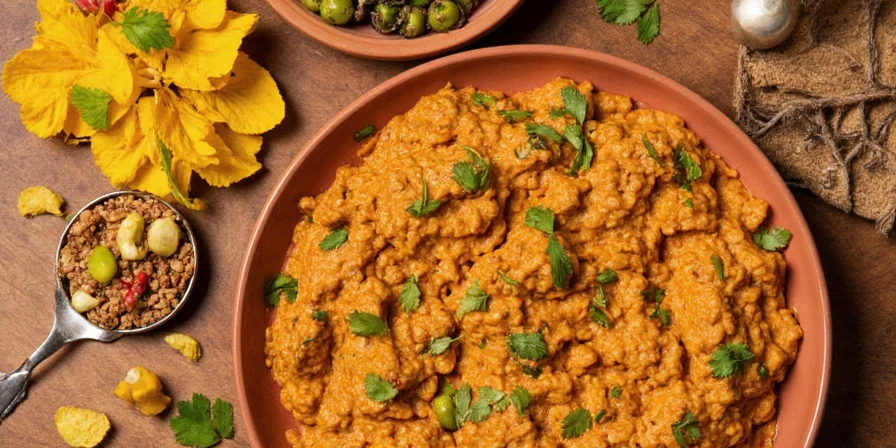
Historians believe that the concept of combining multiple spices into a single blend existed as far back as 2000 BCE. Archaeological evidence from the Indus Valley Civilization shows the use of turmeric and ginger — two key ingredients in modern curry powder.
Wait... What Exactly IS Curry?
Here's the twist: “Curry” is not a single spice but a term that encompasses a wide range of spiced dishes and spice blends. In India, there’s no one “curry” — instead, there are regional masalas like:
- Garam Masala – North India
- Kerala Sambaar Powder – South India
- Panch Phoron – East India (especially Bengal)
- Goda Masala – Maharashtra
How Curry Spread Across the Globe

The spread of curry beyond India can be traced back to the Spice Trade. As early as the 1st century CE, Indian spices made their way to the Roman Empire via Arabia. However, it wasn’t until the Age of Exploration (15th–17th centuries) that curry truly went global.
| Time Period | Region Involved | Contribution to Curry Culture |
|---|---|---|
| 1500s | Portugal | Introduced chili peppers to India after bringing them from the Americas |
| 1600s | Netherlands & UK | Brought Indian spices and recipes back to Europe |
| 1800s | British Colonial Era | “Curry Powder” was commercialized and standardized |
| 1900s-Present | Global Adoption | Curry blends adapted across Japan, Jamaica, Thailand, and more |
The British Twist on Curry
During the British Raj in India, colonial officers developed a taste for local dishes. Upon returning to Britain, they asked chefs to recreate the complex flavors using available tools — which led to the invention of what we now call “curry powder.”
Breaking Down the Curry Spice Blend
While authentic Indian cuisine rarely uses pre-mixed “curry powder,” Western markets have popularized this convenient shortcut. Let’s break down what’s typically inside a jar of curry powder:
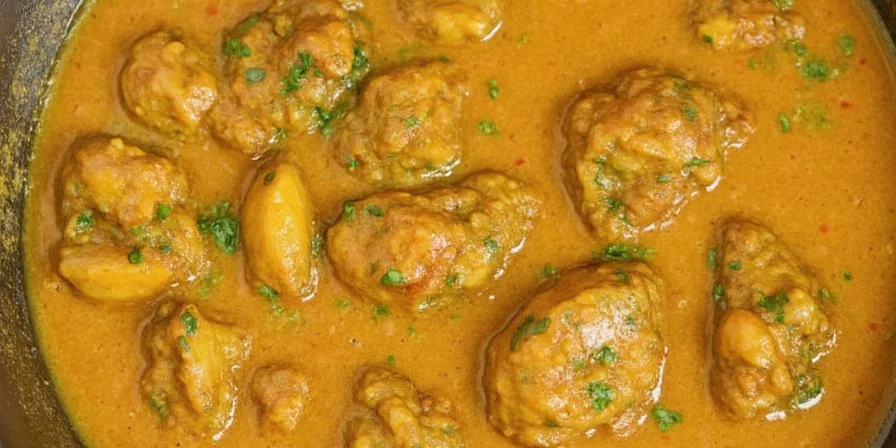
- Turmeric – Gives curry its signature yellow color and has anti-inflammatory properties.
- Cumin – Adds earthiness and warmth.
- Coriander – Sweet, citrusy notes that balance heat.
- Fenugreek – Slightly bitter, adds depth (use sparingly).
- Black Pepper – Boosts piperine and enhances absorption of turmeric.
- Chili Powder or Paprika – For heat and color variation.
- Optional Additions: Ginger, cinnamon, cardamom, clove, mustard seed.
Different Strokes: Regional Curry Blends Around the World
Each culture has embraced curry uniquely. Here’s how different regions adapt their own versions:
| Country | Type of Curry/Blend | Signature Ingredients |
|---|---|---|
| India | Garam Masala, Kerala Sambaar Powder | Fenugreek, cardamom, star anise |
| Jamaica | Jamaican Curry Powder | Allspice, scotch bonnet pepper |
| Japan | Rogga Karē (Curry Rice) | Apples, honey, pre-made blocks |
| Thailand | Red Curry Paste, Green Curry Paste | Lemongrass, galangal, kaffir lime |
| United Kingdom | Mild Curry Powder | Less heat, more turmeric-forward |
Curry Kitchen Hacks for Home Chefs
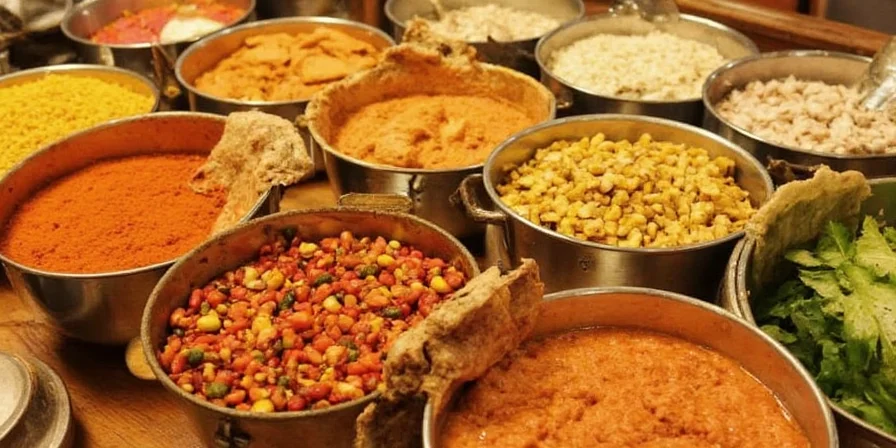
Ready to take your curry game to the next level? Try these easy tricks and tips to maximize flavor and avoid common mistakes:
- Toasting is Key: Dry roast whole spices before grinding them for a richer, deeper flavor.
- Fry the Base First: Sauté onions, garlic, and ginger in oil before adding spices to build a flavor foundation.
- Add Acid at the End: A splash of lemon juice or vinegar brightens up the entire dish.
- Use Yogurt or Coconut Milk: These help balance spicy heat and add creamy texture.
- Rest Before Serving: Letting the curry sit for a few hours (or overnight) lets flavors meld together beautifully.
- Don’t Rush the Spices: Simmer the spice mix with a little water or broth to bloom the oils before adding main ingredients.
- Store Smart: Curry powders last longer if kept in airtight containers away from light and moisture.
Pro Tip: DIY Curry Powder
Make your own customizable blend at home with this simple recipe:
Ingredients:- 2 tbsp ground turmeric
- 1 tbsp ground cumin
- 1 tbsp ground coriander
- ½ tsp fenugreek
- ½ tsp black pepper
- ¼ tsp cinnamon (optional)
- ¼ tsp cardamom (optional)
- Dry roast whole seeds (if using whole spices) before grinding.
- Mix all ingredients thoroughly in a bowl.
- Store in an airtight container away from sunlight.
Fun Facts That’ll Make You the Life of the Spice Party
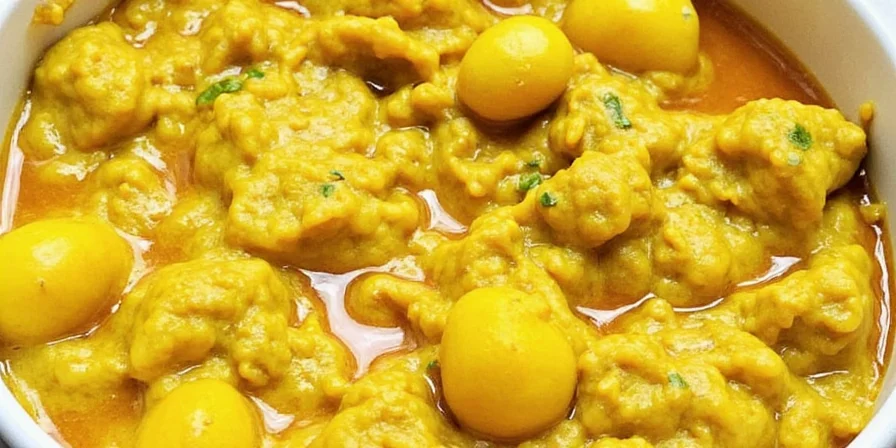
Now that you're a certified curry expert, impress your friends with these quirky tidbits:
- In the UK, chicken tikka masala is often jokingly referred to as the country's national dish — even though it originated in Indian restaurants in Britain.
- Curry leaves (from the Murraya koenigii plant) aren’t actually part of curry powder — but they’re essential in many South Indian dishes.
- The spiciest curries in the world can be found in countries like Thailand, Malaysia, and Indonesia, where bird’s eye chilies crank up the heat.
- Some traditional curries take days to prepare — especially slow-cooked ones like Dum Pukht from Lucknow, India.
- The first known cookbook mentioning “curry powder” was published in 1747 by Hannah Glasse — titled The Art of Cookery Made Plain and Easy.
Conclusion: More Than Just a Spice
So where does the spice curry come from? It comes from centuries of culinary evolution, global exploration, and the love of making food exciting. Whether it’s warming your soul in Tokyo, heating up your palate in Kingston, or coloring your plate gold in London, curry is a symbol of cultural connection through flavor.
Next time you sprinkle that golden powder into your stew or stir-fry, remember — you're not just seasoning your food. You're sprinkling history, geography, and a dash of magic onto your meal. And who knows? Maybe your great-great-grandchild will be writing about the family curry recipe you created today.
Stay spicy, friends.

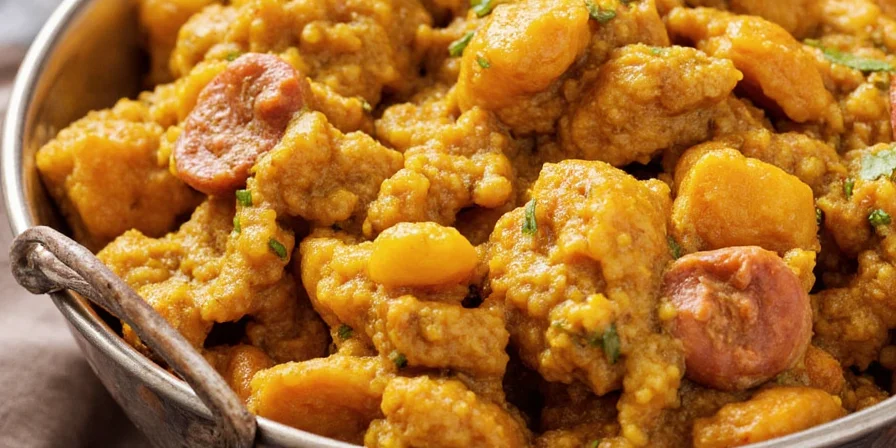









 浙公网安备
33010002000092号
浙公网安备
33010002000092号 浙B2-20120091-4
浙B2-20120091-4